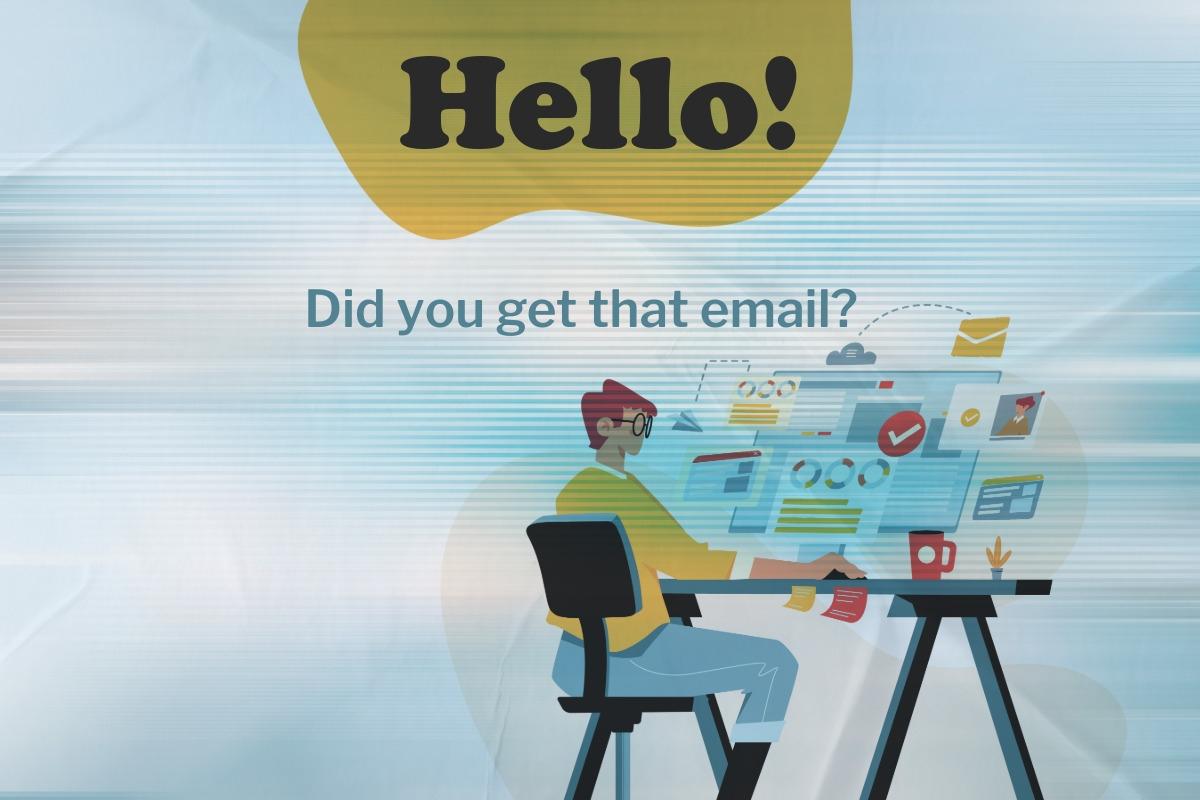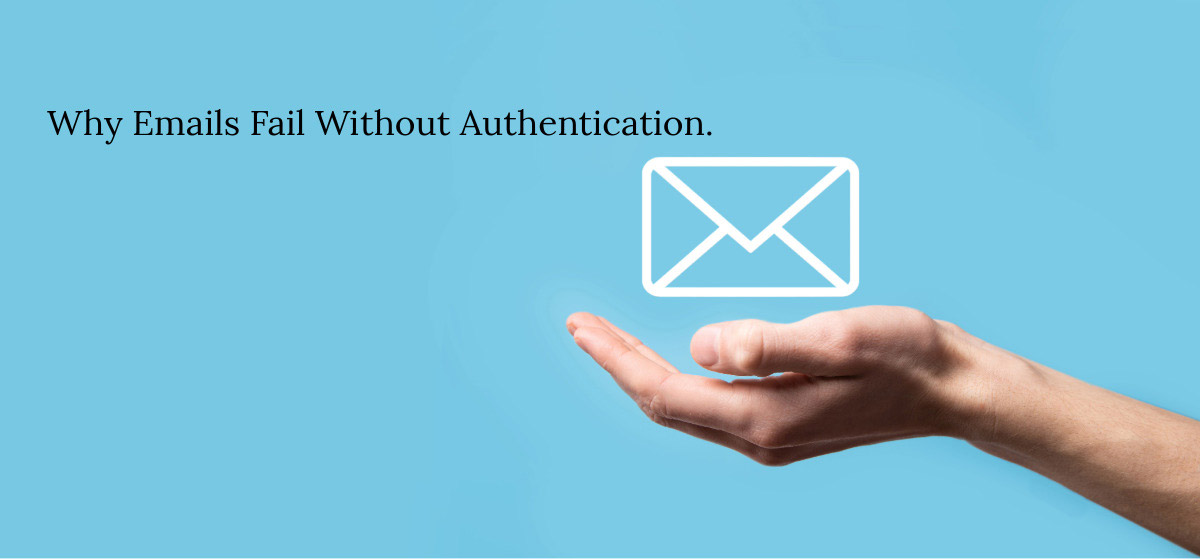Sending Emails from Code

- Sep 17, 2025 modified: Sep, 22 2025
Sending Emails from Code
Sending Emails from Code: Why Your Programmatic Emails Aren't Being Delivered
You've written the script. It runs without errors. The log says "Message sent successfully." But when you check your inbox... nothing. No message, no bounce, not even a spam folder entry. It's like your email vanished into the void.
For years, sending emails from code was straightforward: open a connection to an SMTP server, hand off the message, and trust that it would arrive.
However, times have changed. Today, inbox providers like Gmail have raised the bar, and simply "sending an email" isn't enough anymore.
Instead, your messages now need to prove they're trustworthy. And that's where most programmatic emails fail.
The Old Way vs. The New Reality
A few years back, sending email programmatically was simple.
A script could connect to a mail server, hand over a message, and most receiving servers would accept it without question. Developers relied on this openness to send notifications, alerts, or even newsletters directly from their apps.
But that simplicity came at a very annoying cause.
Spammers and phishers abused the same system to impersonate trusted domains, flood inboxes, and trick users. The result? Email providers had no choice but to tighten the rules.
Fast forward to today, and the landscape is completely different.
Gmail and other major providers now demand proof that the sender is legitimate. Without that authentication, your email is flagged as suspicious, filtered into spam, or blocked entirely - no matter how clean your code is.

Why Emails Fail Without Authentication
Think of the modern inbox as a heavily guarded gate. Every incoming message is checked, scanned, and evaluated before it's let through. If your email shows up without proper ID, it doesn't matter how polite the message is, it's treated as a trespasser.
That "ID" comes in the form of email authentication. Without it, your programmatic emails look exactly like the billions of fraudulent messages sent by spammers and scammers every day. The receiving server has no way of knowing whether your app is sending a legitimate password reset link—or a phishing attack pretending to be one.
The outcome is predictable:
- Best case: your email lands in the spam folder, never seen.
- Worst case: it's outright rejected before it even reaches the inbox.
For developers, that means the problem usually isn't the code at al. it's the missing trust signals that modern email providers demand.
The Three Big Protocols You Can't Ignore (SPF, DKIM, DMARC)
If you want your programmatic emails to actually land in someone's inbox, you need to speak the language of modern email authentication. That language boils down to three core protocols—SPF, DKIM, and DMARC.
Think of them as the passport, signature, and enforcement policy for your messages.
1. SPF (Sender Policy Framework)
SPF is like a guest list. It tells receiving mail servers which servers are allowed to send email on behalf of your domain. If your script tries to send from a server not on the list, the receiving system gets suspicious.
2. DKIM (DomainKeys Identified Mail)
DKIM works like a wax seal on an envelope. It uses cryptographic signatures to prove the message wasn't altered in transit and that it genuinely came from your domain. Without it, your email looks tampered with—or worse, forged.
3. DMARC (Domain-based Message Authentication, Reporting, and Conformance)
DMARC is the rulebook. It tells receiving servers what to do if an email fails SPF or DKIM checks: accept it, send it to spam, or reject it outright. It also gives domain owners reports so they can see who's sending email on their behalf.
Together, these three protocols form a trust system. SPF ensures only approved servers send mail, DKIM proves the message's integrity, and DMARC enforces the rules. Skip any of them, and your email is missing a key piece of identification.
Gmail's Push for Stricter Standards
While all major providers care about authentication, Gmail has been the biggest driver of change. Over the past few years, Google has steadily tightened its requirements by rejecting unauthenticated emails, flagging senders without proper DNS records, and pushing the rest of the industry to follow suit.
In practice, that means if your code isn't aligned with Gmail's rules, your emails will struggle everywhere. What used to be optional best practices are now table stakes.
Gmail API
The best practise for the code that sends the email is also important. The gmail api has strict code rules for sending email. Notice they use advanced Java libraries and insist on specific text encoding formats: String encodedEmail = Base64.encodeBase64URLSafeString(bytes);
No Trust, No Delivery
If your programmatic emails aren't being delivered, the issue probably isn't your code. Without SPF, DKIM, and DMARC in place, your messages look no different from spam or phishing attempts, and modern inboxes won't take the risk.
For developers, that means a shift in mindset: sending an email is no longer just about making the SMTP connection work. It's about proving your legitimacy every step of the way.
Here's the checklist to keep in mind:
- Use a verified sending domain.
- Configure SPF, DKIM, and DMARC records in DNS.
- Test your setup with deliverability tools.
- Consider trusted services if you don't want to manage everything yourself.
The bottom line: if you want your emails to land, you have to earn inbox trust.
Search News Articles...
Recent Articles

Most AI Websites Fail to Rank
- Nov 18 2025
- /
- 200

Sitemap.xml Best Practices
- Oct 14 2025
- /
- 538

Fake Reviews on Google My Business
- Oct 07 2025
- /
- 420

Sending Emails from Code
- Sep 17 2025
- /
- 521

US Tariff Shifts Undermining eCommerce
- Sep 05 2025
- /
- 639

Small Business Success Formula
- Aug 23 2025
- /
- 504

Do Strong CTAs Help or Hurt Your Website?
- Jul 31 2025
- /
- 699

AI Crawlers vs Search Crawlers
- Jul 04 2025
- /
- 833

AI vs. Human Writing - How to detect Ai
- Jun 26 2025
- /
- 1241

Optimising for Brand SEO
- May 12 2025
- /
- 904
View All News Articles
Categories
A Gold Coast SEO and Web Developer